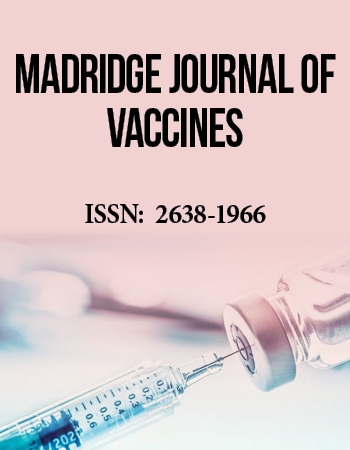International Conference on Vaccines
Feb 20-22, 2017 | Baltimore, USA
The current status and need for therapeutic vaccines for autoimmune conditions with emphasis on arthritis
1CEL-SCI Corporation, USA
2Roseman University of Health Sciences, USA
3,4Rush University Medical Center, USA
Background : Rheumatoid arthritis (RA) is an autoimmune disease leading to inflammatory destruction of the peripheral joints. Although pro-inflammatory T helper 1 (Th1) and/or Th17 cell responses play a central role in the immunopathology of RA, current therapies do not provide efficient inhibition of these pro-inflammatory T cells or their signature cytokines.
Therapeutic vaccines for RA and other autoimmune conditions (IDDM and MS) were identified before the start of this century by the Institute of Medicine as a major need. Review of the scientific and patent literature, showed that progress on a RA vaccine and the number of candidates are more limited and development slower than for prophylactic vaccines against infectious diseases in spite of the IOM report. We report some progress in our efforts for a RA vaccine effective in the PGIA and GIA models of RA, which share a number of common features with RA in man including 1) predominance in older females 2) RF and 3) ACPA not seen in most animal models.
Methods : Disease was induced in older female BALB/c mice by intraperitoneal (ip) immunization with the recombinant G1 domain of human cartilage proteoglycan (PG) aggrecan in adjuvant (DDA). The CEL-4000 vaccine is a LEAPS peptide vaccine composed of an immune cell binding ligand (ICBL) from the CD4 binding domain of human MHC-II conjugated to the arthritogenic epitope of human PG (PG70). Therapy was initiated at the early phase of arthritis after visible joint inflammation was observed by two injections with adjuvant (2 weeks apart). Disease severity was monitored by visual scoring of joint inflammation. At the end of the study limbs were processed for histopathology, serum collected for measurement of pro- and anti-inflammatory cytokines and spleen cell cultures were set up to determine Th cell cytokine profiles.
Results : The CEL-4000 vaccine significantly suppressed arthritis severity and limited joint damage by both visual and histopathology scoring. ALEAPS conjugate (J-PG70) with a different ICBL or single peptides were not therapeutically effective. Increased ratios of anti-inflammatory to (pro-inflammatory + inflammatory) cytokines were observed in the serum of mice vaccinated with CEL-4000 as compared to the other treatment groups. Spleen cells from mice with GIA and vaccinated with CEL-4000 showed reduced production of Th1 and Th17 signature cytokines as well as other pro-inflammatory mediators in vitro as compared to controls.
Conclusions : Our results suggest that CEL-4000 down-modulates pro-inflammatory T-cell responses that suppress the root cause of RA. Work is progressing toward IND enabling studies.
Biography:
Daniel H Zimmerman, Ph.D is the head of the L.E.A.P.S. technology program. Dr. Zimmerman has invented technologies which are covered by over a dozen US patents as well as many foreign equivalent patents. He has been involved in the development and commercialization of several successful products licensed by FDA for HIV and HBV as well as other products in other areas. He is the author of over 50 scientific publications starting with his work in the laboratory of Milton Kern at NIH in the areas of cellular immunology, immuno-diagnostics, infectious diseases, autoimmune conditions and vaccine design. He has been awarded numerous grants from NIH and DOD in these areas. In addition he is, or has been involved with numerous scientific collaborations at multiple institutions in the US.


